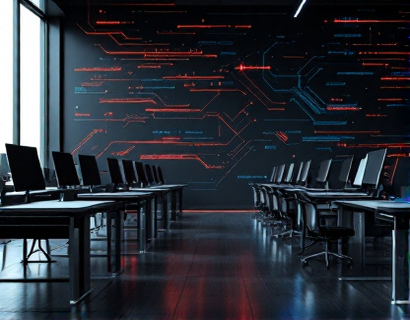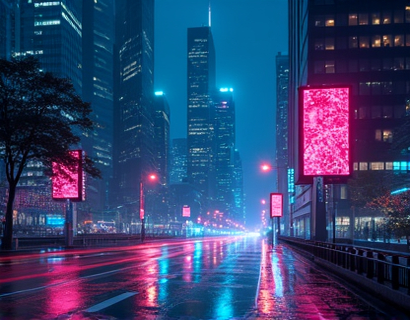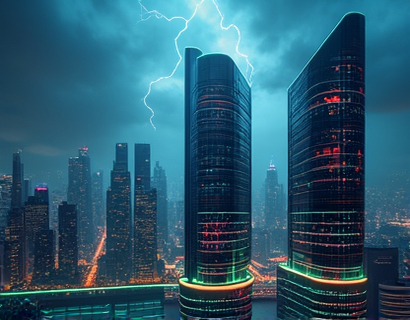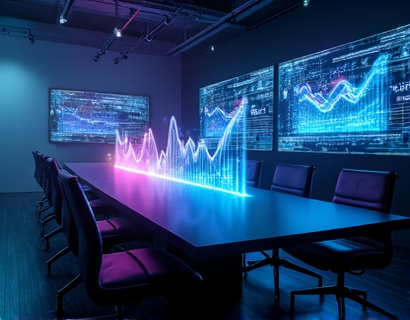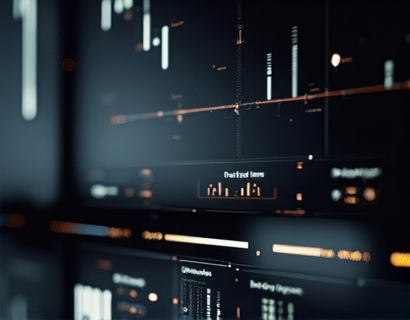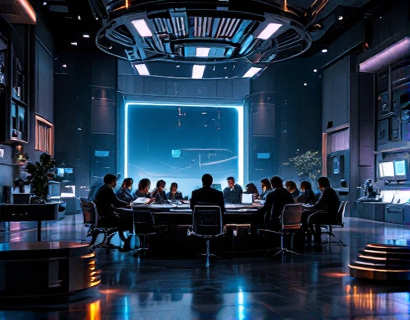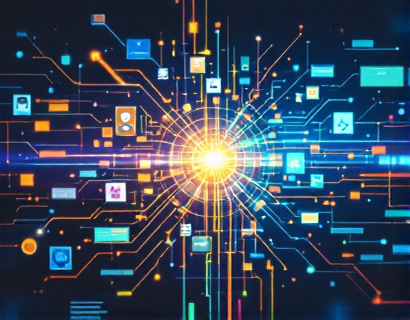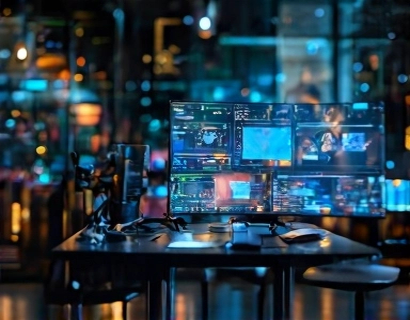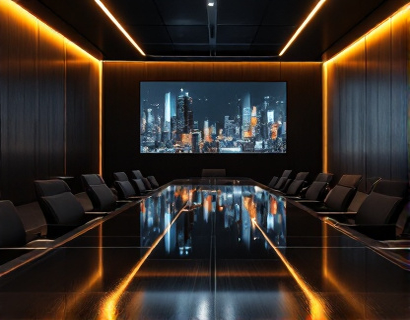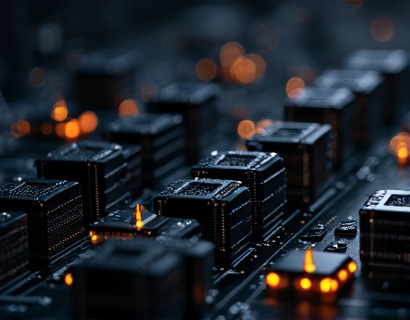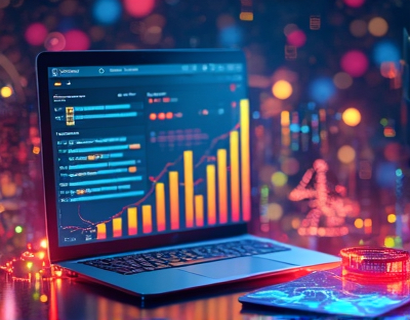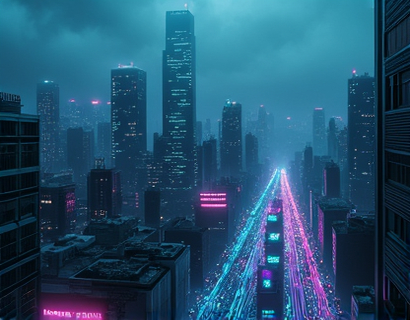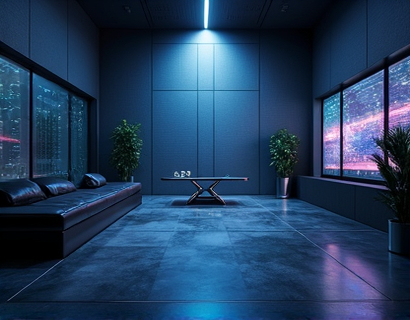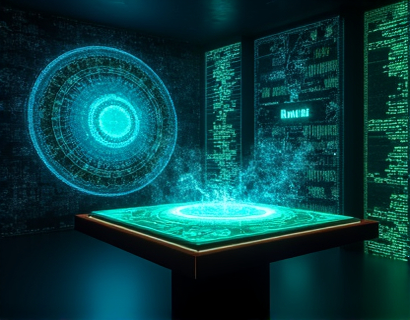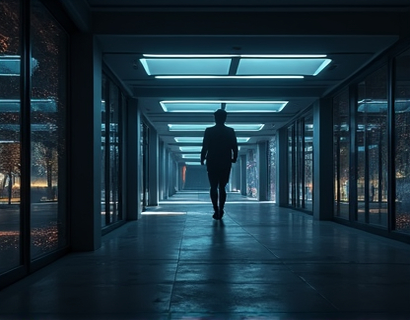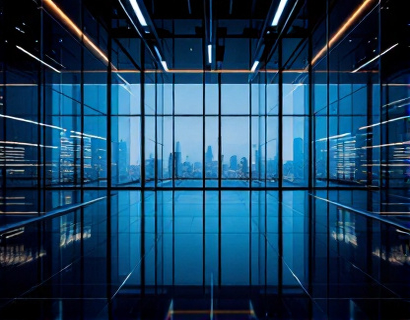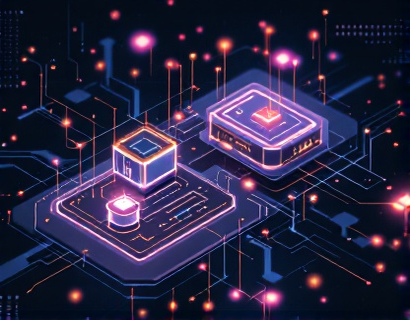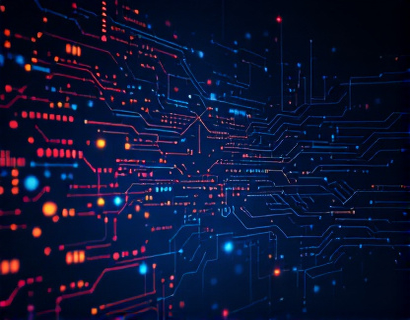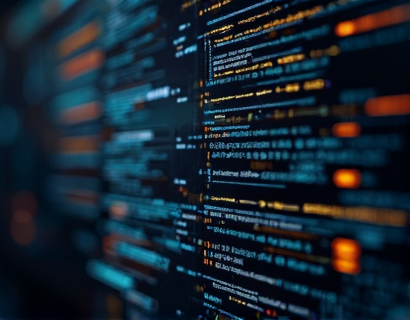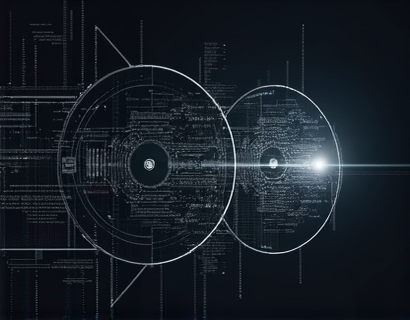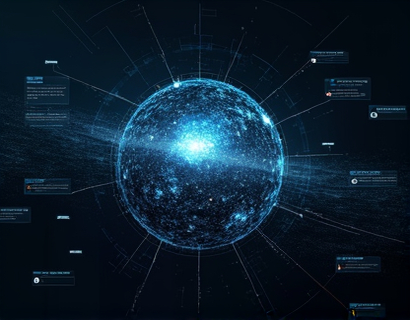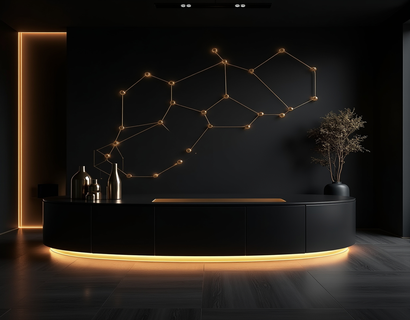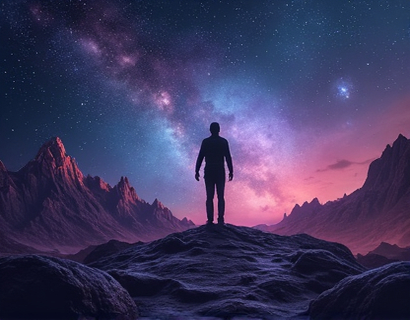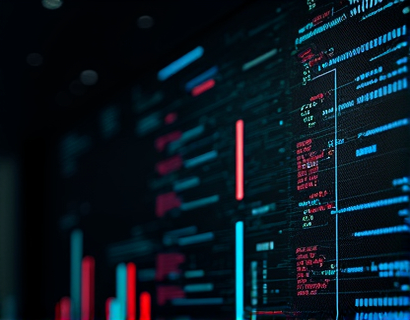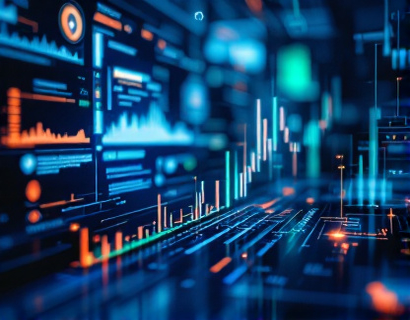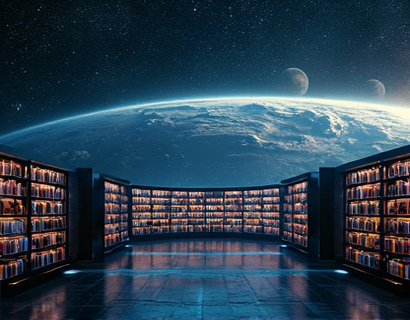AI-Powered Graphic Design: Revolutionizing Visual Creation for Everyone
In the digital age, the ability to create compelling visual content has become an essential skill for businesses, marketers, and individuals alike. Traditional graphic design, once the domain of professionals with extensive training and expensive software, is now being democratized through the integration of artificial intelligence. This shift is making advanced graphic design accessible to a broader audience, from amateur creators to seasoned professionals. An innovative online tool leverages AI technology to simplify the graphic design process, allowing users to transform their ideas into professional-quality graphics with unprecedented ease and speed.
The Rise of AI in Graphic Design
The incorporation of AI into graphic design is not just a novelty but a transformative force. AI algorithms can analyze vast amounts of design data, learn from trends, and generate designs that are both aesthetically pleasing and strategically effective. This technology can automate repetitive tasks, suggest design elements, and even create entire compositions based on user inputs. The result is a tool that not only saves time but also enhances creativity by providing new possibilities and inspiration.
How AI-Powered Tools Simplify Design
These intelligent online tools work by breaking down the design process into manageable steps. Users start by inputting their ideas, whether through text descriptions, keywords, or simple sketches. The AI then interprets these inputs and generates design options that align with the user's vision. This process is seamless and intuitive, requiring minimal design knowledge. The tool can suggest color schemes, typography, layouts, and even specific graphic elements like icons and illustrations, all tailored to the user's preferences and the intended use of the graphic.
User-Friendly Interface
The interface of these AI-powered design tools is designed to be user-friendly, ensuring that anyone can use them effectively. Drag-and-drop functionality, pre-made templates, and a visual editor make it easy to manipulate and refine designs. Users can preview their work in real-time, making adjustments on the fly. This immediate feedback loop helps in achieving the desired outcome quickly, without the need for extensive design expertise.
Accessibility for All
One of the most significant advantages of AI-powered graphic design tools is their accessibility. No longer do small business owners, entrepreneurs, and hobbyists need to invest in costly software or hire professional designers to create their visual content. These tools are available online, often on a subscription or pay-per-use basis, making them affordable for a wide range of users. This democratization of design tools empowers individuals and businesses of all sizes to produce high-quality graphics that can enhance their brand presence and marketing efforts.
Applications in Various Fields
The applications of AI-powered graphic design tools are vast and varied. For social media managers, these tools can generate eye-catching posts and stories that engage audiences and increase brand visibility. Marketers can use them to create compelling advertising materials, brochures, and presentations that resonate with their target markets. Content creators, whether bloggers, vloggers, or podcasters, can produce consistent and professional-looking visual content to complement their work. Even educators and non-profit organizations can benefit from these tools to create educational materials and promotional content that effectively communicate their messages.
Social Media Optimization
Social media platforms like Instagram, Facebook, and Twitter prioritize visually appealing content. AI-powered design tools can help users create posts that stand out in crowded feeds. The tools can suggest optimal image sizes, aspect ratios, and even specific design elements that perform well on each platform. This ensures that the content not only looks good but also maximizes engagement and reach.
Marketing Materials
For businesses, the ability to quickly and professionally design marketing materials is crucial. AI-powered tools can assist in creating business cards, flyers, banners, and more. These tools can incorporate brand guidelines, ensuring consistency across all materials. The speed and ease of use mean that businesses can respond to opportunities and events with high-quality visuals, enhancing their professional image and effectiveness.
Website and Blog Design
Website owners and bloggers can use these tools to create attractive headers, buttons, and other design elements that improve user experience and aesthetics. The ability to generate responsive designs that look great on various devices is particularly valuable in today's multi-device world. This can lead to higher user engagement and better SEO performance.
Enhancing Creativity and Efficiency
While AI-powered design tools automate many aspects of the design process, they do not replace the creative input of the user. Instead, they augment it by providing suggestions and options that can inspire new ideas. Users can experiment with different styles and layouts, pushing the boundaries of their creativity. The tool's ability to generate multiple design variations in seconds allows for a more iterative and exploratory design process, leading to more innovative and effective results.
Overcoming Design Challenges
One of the main challenges in graphic design is maintaining consistency and quality across multiple projects, especially for those with limited time or resources. AI-powered tools help overcome this by providing a reliable and consistent design output. The algorithms ensure that each design meets professional standards, reducing the need for extensive revisions and edits. This efficiency is particularly beneficial for small businesses and freelancers who often juggle multiple projects simultaneously.
Customization and Personalization
Despite the automation, these tools offer a high degree of customization. Users can input specific requirements, such as brand colors, fonts, and messaging, to ensure the generated designs align perfectly with their needs. The AI can also learn from user preferences over time, providing more personalized suggestions and recommendations. This level of customization ensures that the final designs are unique and reflective of the user's brand or personal style.
Collaboration and Sharing
Collaboration is a key feature of modern design workflows. AI-powered design tools often include features that facilitate sharing and collaboration. Users can easily share design links with team members, clients, or partners, who can provide feedback and make suggestions directly within the tool. This streamlined process accelerates the design review and approval cycle, leading to faster project completion.
Integration with Other Tools
These tools are designed to integrate seamlessly with other digital platforms and software. For instance, they can export designs in various formats suitable for different uses, such as PNG, JPEG, SVG, and PDF. Integration with project management tools, CMS platforms, and social media schedulers further enhances their utility, allowing for a smooth workflow from design to publication.
Future of AI in Design
The future of AI in graphic design is promising, with ongoing advancements expected to make the process even more intuitive and powerful. Machine learning algorithms will continue to improve, enabling more sophisticated design suggestions and automating more complex tasks. The integration of natural language processing (NLP) could allow users to describe their design concepts in natural language, with the AI translating these descriptions into visual designs. This evolution will further lower the barrier to entry, making professional-quality design accessible to even more people.
Conclusion
AI-powered graphic design tools are transforming the way we create visual content. By simplifying the design process and making advanced tools accessible to everyone, these innovations are breaking down barriers and empowering a new generation of creators. Whether you're a seasoned designer or a casual user, these tools can help you bring your ideas to life with ease and professionalism. As the technology continues to evolve, the possibilities for creative expression will only expand, making the future of graphic design more inclusive and exciting than ever.



